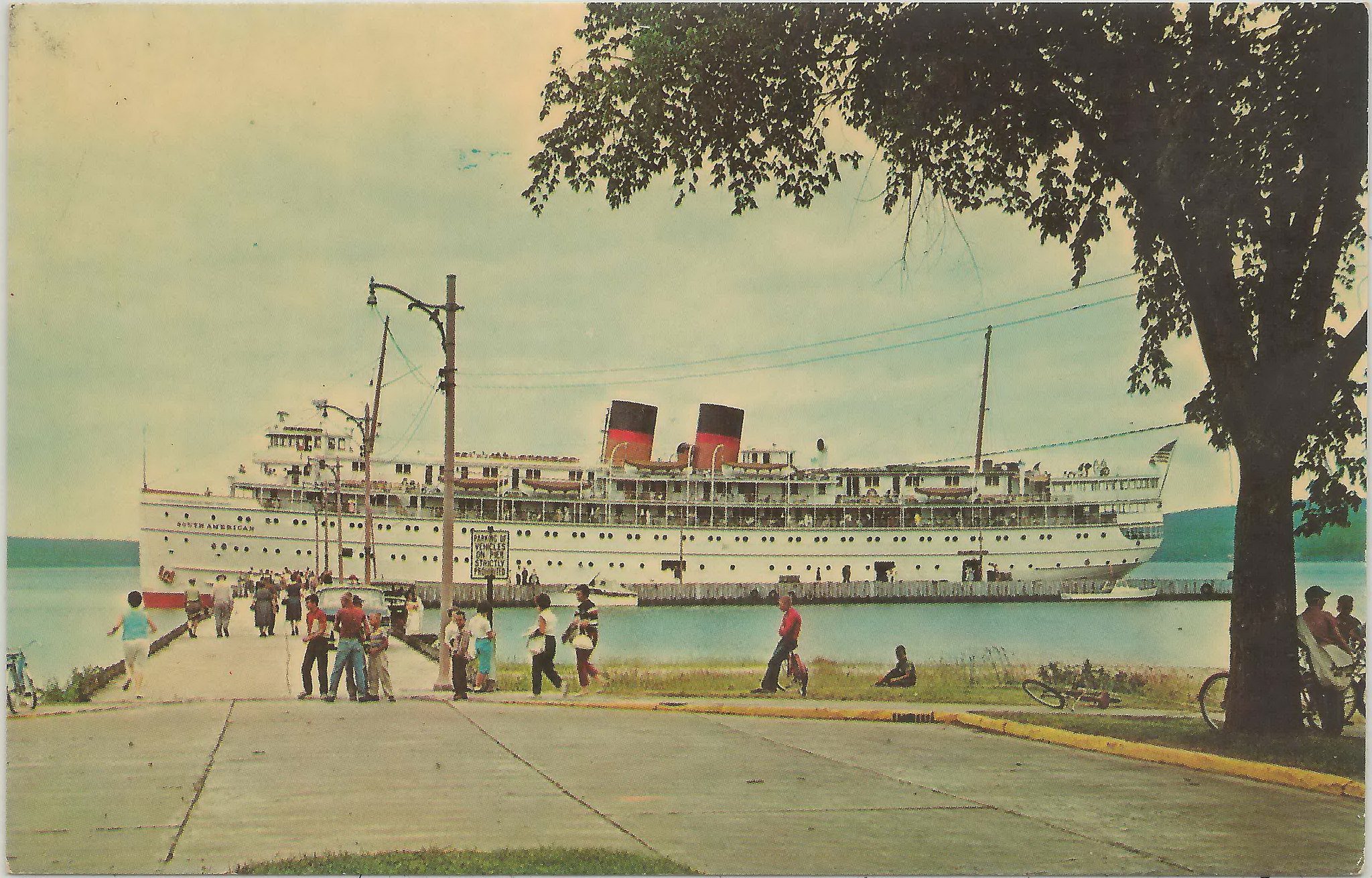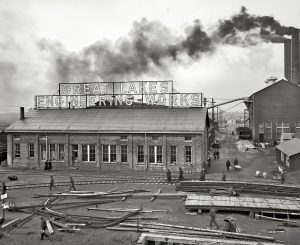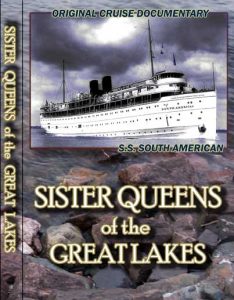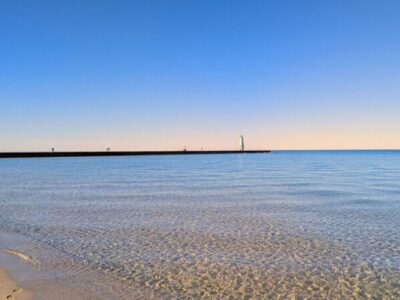
Historical film takes viewers as passengers on a Great Lakes cruise ship
Great Lakes cruise-ship season is still a few months away, but a film is taking viewers on a 52-minute voyage to ports of call and many famous sites on the freshwater lakes.
Titled “Sister Queens of the Great Lakes,” the film features the sister ships — the SS North American and the SS South American — as they traveled to Chicago, Cleveland, Buffalo and Muskegon and passed through the famous Soo Locks, took in the scenery of the Mackinac Stratis, toured Mackinac Island and passed by Niagara Falls.
The film is showing at 2 p.m., Saturday, March 9 and Sunday, March 10 at Detroit’s Dossin Great Lakes Museum. It was produced by Keweenaw Video Productions, using an amalgam of promotional material released in the 1940s by the Georgian Bay Line to advertise leisure cruises on the Great Lakes.
Admission to each showing is free.
Can’t make the film showing in Detroit?
Here are some other places on the Great Lakes to take in history at museums, historical societies and forts. Click on the icons or zoom on the map to learn more about visiting them.
Steven Mrozek, manager of the Dossin museum, described the film as a unique spotlight on an oft-unknown part of Michigan and Great Lakes history.
“I think it’s more nostalgic,” he said, “from a perspective where this is what we used to do and this is how we traveled and how people used to go to these destinations and how much fun they had on it.”
Up until the invention of the passenger jet in the 1950s, cruising was the go-to means for vacationers looking to both sightsee and visit multiple cities of interest. It was such a staple of Great Lakes travel that Michigan high schools used to charter trips on the SS South American to Mackinac Island for their senior class.
“We have a model of the South American in the [Dossin] museum there and it always, when people see it and they’ve had experience with the cruises, their eyes light up and the stories begin to flow,” Mrozek said.
The SS North American and SS South American were operated by the Georgian Bay Line, a transit company that started in 1913 in Saugatuck, Mich. before relocating to Holland, Mich. in 1924. Initially, the Georgian Bay Line offered direct routes for passengers between cities located around Lake Michigan, ultimately expanding into cruise voyaging following World War II.

Great Lakes Engineering Works, Ecorse, Michigan, circa 1906, Image by unknown via wikimedia public domain
Both ships were constructed and launched from the Great Lakes Engineering Works shipyard in Ecorse, Michigan. The SS North American was launched on January 16, 1913 and its sister ship followed a year later on February 21, 1914.
“By far the largest boat company that operated in the Detroit area,” Mrozek said of Great Lakes Engineering Works.
The company’s main engine works in Detroit along with its three shipyards in Ecorse, Mich., St. Clair, Mich., and Ashtabula, Ohio pulled more than its fair share of weight during World War II, quite literally. The U.S. Maritime Commission contracted the company to produce 13 freighters for the war effort, transporting hundreds of tons of iron ore needed to produce steel. It is also where the infamous SS Edmund Fitzgerald was assembled and launched.
“It [Edmund Fitzgerald] was a marvel, people would be out in the river there watching this boat slide into the water,” said Mrozek. “I got people to this day commenting that they were there.”
If the SS North American and SS South American represented a golden age of Great Lakes cruising, their respective decommissioning in 1963 and 1967 signified the end of the cruise industry’s dominance.
With the Georgian Bay Line hemorrhaging profits in the 1960s, it sold the SS North American to offset some of the losses. Foreign cruise operators and shipbuilders could make larger fleets for cheaper, as well as provide exciting destinations for travelers for roughly the same cost as a trip around the Great Lakes. Airline travel further cut into the cruising business as they offered cheaper and quicker passage between cities.
Finally, Georgian Bay Line closed its doors in 1967 after selling off the SS South American and its recently acquired SS Alabama. The SS North American, while being towed in the Atlantic Ocean, sank due to high swells from the incoming Hurricane Doria. The SS South American completed one last season that same year by offering passage to attendees of the 1967 World’s Fair being held in Montreal, before fully retiring from service.
This final voyage also marked the end of overnight passenger cruising on the Great Lakes for nearly three decades. The end of the SS South American was the end of an era.
“In the first half of the 20th century, you essentially only had two means of transportation – either trains or boats,” Mrozek said. “And here we are on the Great Lakes surrounded by water and this was one of the most enjoyable means of transportation.”
Featured Image: SHIP SS SOUTH AMERICAN 1960s Munising MI Steamship Docks, Image by Up North Memories via flickr.com cc 2.0
2 Comments
-
I have some items from the SS North America. I worked on the North in the summers of 1959, 1960 and 1962. I would love to donate them.
-
Hi — Is it possible to purchase a copy of the “Sister queens of the Great Lakes” DVD from the Dossin Museum or elsewhere? Any help you’d could provide would be greatly appreciated. I was a crew member on the South American during late summer 1966, including a trip up the St. Lawrence to Montreal. I also visited the Dossin Museum a couple of times while we lived in the Detroit area from 1978–2012.
Thanks very much,
Todd Fansler
tfansler@wisc.edu
586 921-7442





